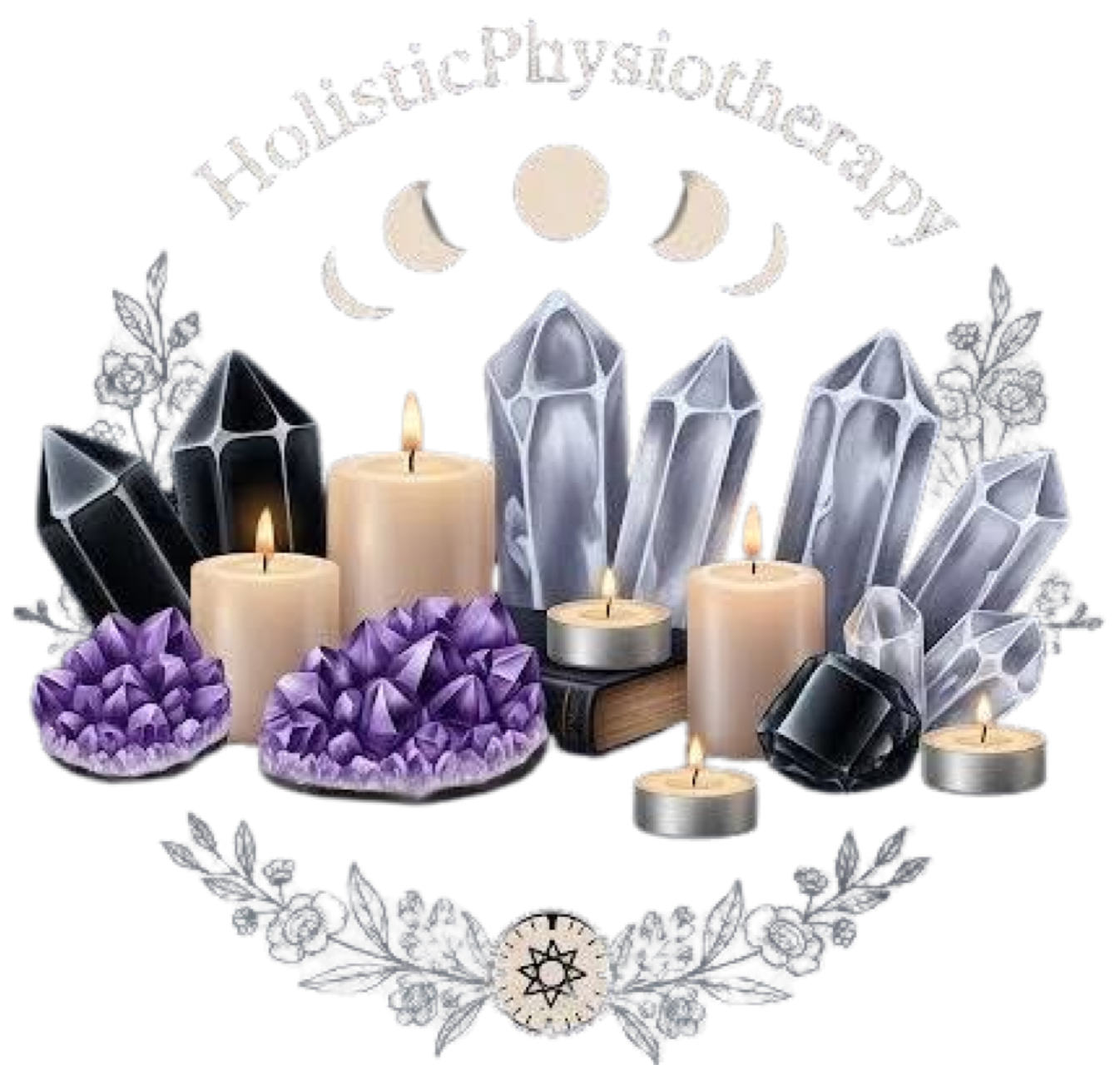Questions Answered
During your first session, your therapist will begin with a brief consultation to discuss your health history, any specific areas of concern or pain, and your goals for the massage. This helps them tailor the session to your needs. You'll then be given privacy to undress to your comfort level (most people undress to their underwear, but you can remain fully clothed if you prefer) and lie on the massage table under a sheet or blanket. Throughout the massage, the therapist will use various techniques, and you should always feel comfortable communicating about pressure, temperature, or anything else. The session concludes with recommendations for post-massage care or future appointments.
The amount of pressure can vary greatly depending on the type of massage and your personal preference. Therapists typically start with moderate pressure and will often check in with you to ensure your comfort. Absolutely! You are encouraged to communicate openly with your therapist at any time if you'd like more or less pressure. Your comfort is paramount, and a good therapist will adjust their technique to meet your needs.
No, you do not have to be completely undressed. You should undress to your comfort level. Most people choose to undress to their underwear, but you can leave on as much clothing as you prefer. Regardless of how much you undress, you will always be professionally draped with a sheet or blanket, and only the area being worked on will be uncovered. Your privacy and comfort are always respected.
Regular massage therapy offers a wide range of benefits, including reduced muscle tension and pain, improved circulation, decreased stress and anxiety, better sleep, and enhanced flexibility and range of motion. The ideal frequency of massage depends on your individual needs, lifestyle, and goals. For general well-being and stress reduction, monthly sessions are often beneficial. For chronic pain or specific conditions, more frequent sessions (e.g., weekly or bi-weekly) may be recommended initially, with frequency decreasing as your condition improves.
es, it can be quite normal to experience some mild soreness or tenderness for a day or two after a massage, especially if you received a deep tissue massage or if it's your first time. This is similar to how your muscles might feel after a good workout. To help alleviate soreness, we recommend drinking plenty of water, taking a warm bath or shower, and applying a cold pack to any particularly tender areas. If soreness is severe or lasts longer than a few days, please contact your therapist or a healthcare professional.
The primary difference lies in the pressure and focus. Swedish massage is a gentler, more relaxing style that uses long, flowing strokes, kneading, and circular movements to promote relaxation, improve circulation, and relieve superficial muscle tension. Deep Tissue massage, on the other hand, targets deeper layers of muscle and connective tissue. It uses more sustained, focused pressure to release chronic muscle tension, knots (adhesions), and to address specific areas of pain or discomfort. Your therapist can help you determine which style is best suited for your needs.
You are absolutely welcome to do either! This is your time, and your comfort is the priority. Some clients prefer to chat and ask questions, while others prefer to relax in silence and enjoy the experience. Your therapist will follow your lead. Feel free to communicate any discomfort, pressure preferences, or questions that arise, but otherwise, there's no expectation for conversation.
It's best to avoid eating a heavy meal right before your massage. A light snack a couple of hours prior is usually fine, but a full stomach can lead to discomfort, indigestion, or heartburn when lying on the massage table. Also, it's advisable to limit excessive caffeine and avoid alcohol before your session, as they can dehydrate you or make you overly sensitive to pressure.
